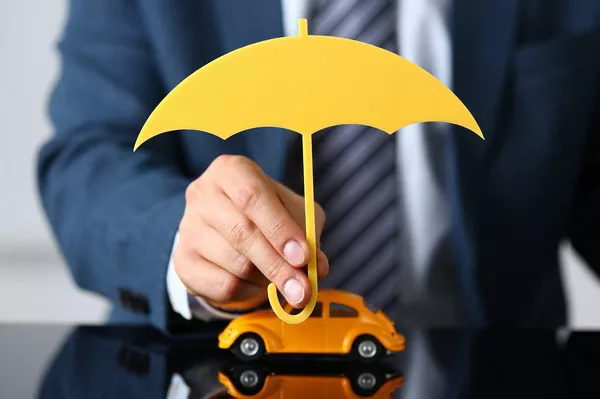In the complex landscape of car insurance, the term “own damage” stands out as a pivotal factor that influences policy coverage and premiums. As vehicle owners navigate the intricacies of insurance policies, it becomes crucial to comprehend the nuances of own damage to make informed decisions. In this comprehensive guide, we delve into the depths of what own damage means in car insurance, shedding light on its significance and implications.
1. Defining Own Damage in Car Insurance
Unpacking the Terminology: Own damage, often referred to as “OD,” is a term encapsulating the damages sustained by one’s own vehicle due to unforeseen events. Understanding the scope of these damages is fundamental to deciphering the intricacies of car insurance policies.
Coverage Spectrum: Own damage coverage extends to a range of scenarios, including accidents, theft, vandalism, and natural calamities. The breadth of coverage varies across policies, making it imperative for policyholders to scrutinize the terms and conditions of their insurance plans.
Exclusions and Limitations: Within the realm of own damage, certain events may be excluded from coverage, such as intentional damage or negligence. Being aware of these limitations empowers policyholders to align their expectations with the actual protection offered by their car insurance.
2. Factors Influencing Own Damage Premiums
Vehicle Type and Age: The make and model of a vehicle, along with its age, play a pivotal role in determining own damage premiums. Newer and more expensive cars often incur higher premiums due to increased repair and replacement costs.
Driving History: The driving record of the policyholder significantly impacts own damage premiums. A history of accidents or traffic violations may lead to higher costs, reflecting the perceived risk associated with the insured driver.
Geographical Location: The geographical location of the policyholder can influence own damage premiums. Areas prone to natural disasters or higher rates of theft may incur higher costs, reflecting the elevated risk of potential damages.
Additional Coverages: Opting for additional coverages, such as zero depreciation or engine protection, can impact own damage premiums. While these add-ons enhance coverage, they may also contribute to an increase in the overall insurance cost.
3. Importance of Own Damage Coverage in Car Insurance
Financial Safeguard: Own damage coverage serves as a financial safeguard against the unpredictable perils that vehicles face. Whether it’s a minor dent from a parking lot mishap or significant damage from a collision, the insurance coverage acts as a shield, mitigating the financial burden on the policyholder.
Comprehensive Protection: While third-party liability insurance covers damages to the other party involved in an accident, own damage coverage completes the picture by safeguarding the insured vehicle. The combination of these coverages ensures a comprehensive protection plan for both the driver and others on the road.
Peace of Mind: Knowing that own damage is covered provides a sense of peace of mind for car owners. In the event of an unfortunate incident, the financial repercussions are alleviated, allowing the focus to shift towards resolving the situation rather than worrying about repair or replacement costs.
Enhanced Resale Value: Vehicles with a history of comprehensive insurance coverage, including own damage, often command a higher resale value. Prospective buyers are more inclined to invest in a vehicle with a well-documented insurance history, instilling confidence in the car’s condition.
4. Tips for Maximizing Own Damage Coverage Benefits
Regular Maintenance: Proactive vehicle maintenance not only ensures smooth performance but also contributes to maximizing own damage coverage benefits. Regular check-ups and timely repairs can prevent potential issues from escalating, thereby minimizing the likelihood of a claim.
Accurate Vehicle Valuation: Providing an accurate valuation of the insured vehicle is crucial for optimizing own damage coverage benefits. Undervaluing or overvaluing the vehicle can lead to complications during the claims process, affecting the reimbursement amount.
Prompt Claims Reporting: In the event of an accident or damage, prompt reporting of the incident to the insurance provider is essential. Delays in filing a claim may result in complications and could impact the approval and processing time of the claim.
Understanding Policy Terms: Thoroughly understanding the terms and conditions of the insurance policy is paramount. This includes awareness of deductibles, claim limits, and any specific conditions that may apply to own damage coverage.
In conclusion, navigating the intricacies of own damage in car insurance is essential for every vehicle owner. From understanding the terminology to maximizing coverage benefits, this guide provides a roadmap for informed decision-making in the realm of car insurance. As the landscape continues to evolve, staying abreast of emerging trends will empower policyholders to adapt and make the most of their own damage coverage. Remember, a well-informed choice today ensures a secure and resilient automotive future tomorrow.


